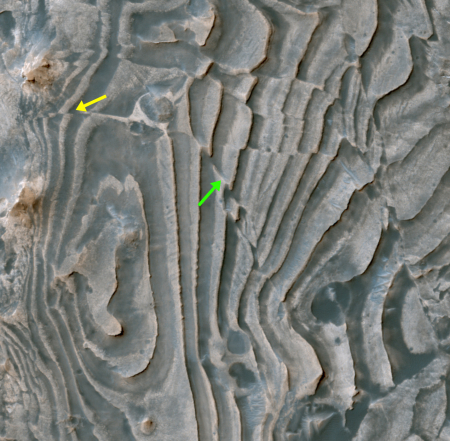Negotiations underway to shift 1st stage landings at Kennedy to new site
Capitalism in space: Negotiations between the Air Force, NASA, and Space Florida (which runs the spaceport) have begun to establish a new location at Kennedy for 1st stage rocket landings.
The goal would be to lessen the burden landings impose on the Cape’s nearby industrial area, which workers must evacuate for hours during some missions. “If we have to stop operations for a launch during the middle of day, it is severely impacting to other customers,” Brig Gen. Wayne Monteith, commander of the Air Force’s 45th Space Wing, said Tuesday during a transportation conference at Port Canaveral.
As outlined in KSC’s master plan, the new landing pad could be built near the northern end of the spaceport’s secure perimeter — north of pad 39B and south of State Road 402 leading to Canaveral National Seashore’s Playalinda Beach. “We have land further to the north that’s not populated like the industrial area of the Cape is, and that might make for a really good location for a new landing zone for an increased landing rate,” said Nancy Bray, KSC’s director of spaceport integration and services.
I expect that SpaceX, should it be forced to shift landings from its just built landing sites, will also need to be in these negotiations since it will likely want some reimbursement for that work.
Capitalism in space: Negotiations between the Air Force, NASA, and Space Florida (which runs the spaceport) have begun to establish a new location at Kennedy for 1st stage rocket landings.
The goal would be to lessen the burden landings impose on the Cape’s nearby industrial area, which workers must evacuate for hours during some missions. “If we have to stop operations for a launch during the middle of day, it is severely impacting to other customers,” Brig Gen. Wayne Monteith, commander of the Air Force’s 45th Space Wing, said Tuesday during a transportation conference at Port Canaveral.
As outlined in KSC’s master plan, the new landing pad could be built near the northern end of the spaceport’s secure perimeter — north of pad 39B and south of State Road 402 leading to Canaveral National Seashore’s Playalinda Beach. “We have land further to the north that’s not populated like the industrial area of the Cape is, and that might make for a really good location for a new landing zone for an increased landing rate,” said Nancy Bray, KSC’s director of spaceport integration and services.
I expect that SpaceX, should it be forced to shift landings from its just built landing sites, will also need to be in these negotiations since it will likely want some reimbursement for that work.


